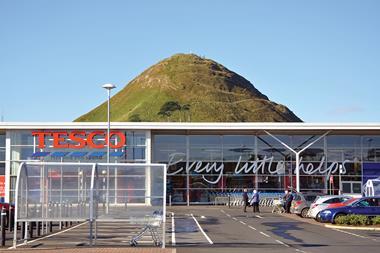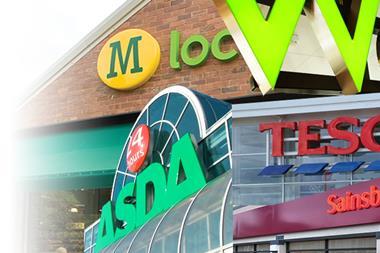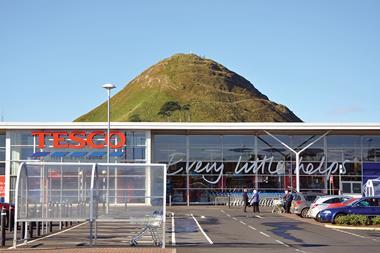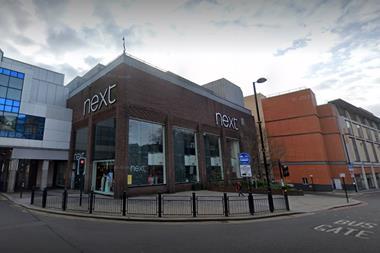The mothballed Tesco supermarket in Chatteris, Cambridgeshire, is a haunting sight. The exterior has been built in the glass and wooden style typical of post-2010 Tesco, and the markings in the car park are drawn.
The £22m store was scheduled to open in November, but the project has been indefinitely postponed, a victim of the £250m accounting debacle that has rocked Britain’s biggest retailer.
Tesco has also halted projects in Immingham in Lincolnshire and the Kent town of Margate. The latter is particularly striking, not only because the 80,000 sq ft supermarket was in the heart of Margate, but because the company pressed ahead despite opposition from locals and Mary Portas. These fenced-off plots across the UK may come to define the scale of Tesco’s crisis.
At present, all Tesco has confirmed is that its profits were overstated by at least £250m as a result of UK commercial income being booked earlier than it should have been. The company has been unable to confirm whether this stretches beyond the last six months or overseas and the early stages of the investigation have uncovered serious questions about its culture; one senior figure stated that there has been a “corruption of virtues” and a “human tragedy”. In other words, members of staff crossed boundaries they knew should not have been crossed. The probe, led by Deloitte and Freshfields, is uncovering a company that was under immense pressure.
The scandal is ultimately a consequence of the biggest squeeze on traditional supermarkets in a generation, created by the extra choices available to shoppers through online retailing and the discounters. The pressure on household budgets is shifting shopping habits from a weekly food shop at a hypermarket to smaller, regular shops.
Until 2014, this squeeze had been masked by price inflation. But with the price of key commodities slowing, the facade that supermarkets were still growing has been well and truly removed. As well as the debacle at Tesco, the effects can be seen in a slump in sales at Sainsbury’s, job cuts at Asda, and by Morrisons halving its profits so it can invest in price cuts and a new loyalty card. The problems at Tesco must not be seen as a one-off, but the symptom of a wider illness.
Dave Lewis has been hired as Tesco’s new chief executive to find a solution to the decline in sales — yet his plan could move the company from the frying pan to the fire. Make no mistake — Tesco requires fundamental change. Customers do not believe the retailer offers value-for-money and do not trust its promotions. They are voting with their feet by visiting Aldi and Lidl instead.
Lewis was poached from Unilever because of his expertise in reshaping consumer brands. He will give the first indication of his plans when Tesco publishes its interim result on 23 October. Suggestions from the City include dividing Tesco stores into three brands — Tesco Value, midmarket, and Tesco Finest.
Reforms will not come cheap. Analysts at HSBC have said Tesco could launch a rights issue of up to £3bn, while assets could also be sold-off, including Dunnhumby, the developer of Clubcard, streaming service Blinkbox, Giraffe, and Tesco’s business in Asia, which could be worth £10bn.
Tesco could be forced to raise cash to fund an overhaul for two reasons. Firstly, history shows, through the turnarounds of Sainsbury’s and Carrefour in the past decade, that profit margins will tumble as Tesco cuts prices. Tesco’s industry-leading margins could fall to as little as 1.5%.
Secondly, Tesco is operating with financial constraints. It has net debt of £6.6bn, a pension deficit of £2.6bn and committed future rents of £16bn. The City expects writedowns on the value of Tesco’s property, once considered prime retail. Tesco values its property at £21bn, yet the stock market value for the whole company is £15bn.
With all this in mind, it’s no wonder Lewis has scrapped the opening of new stores.
Graham Ruddick is retail correspondent at the Daily Telegraph.






























No comments yet